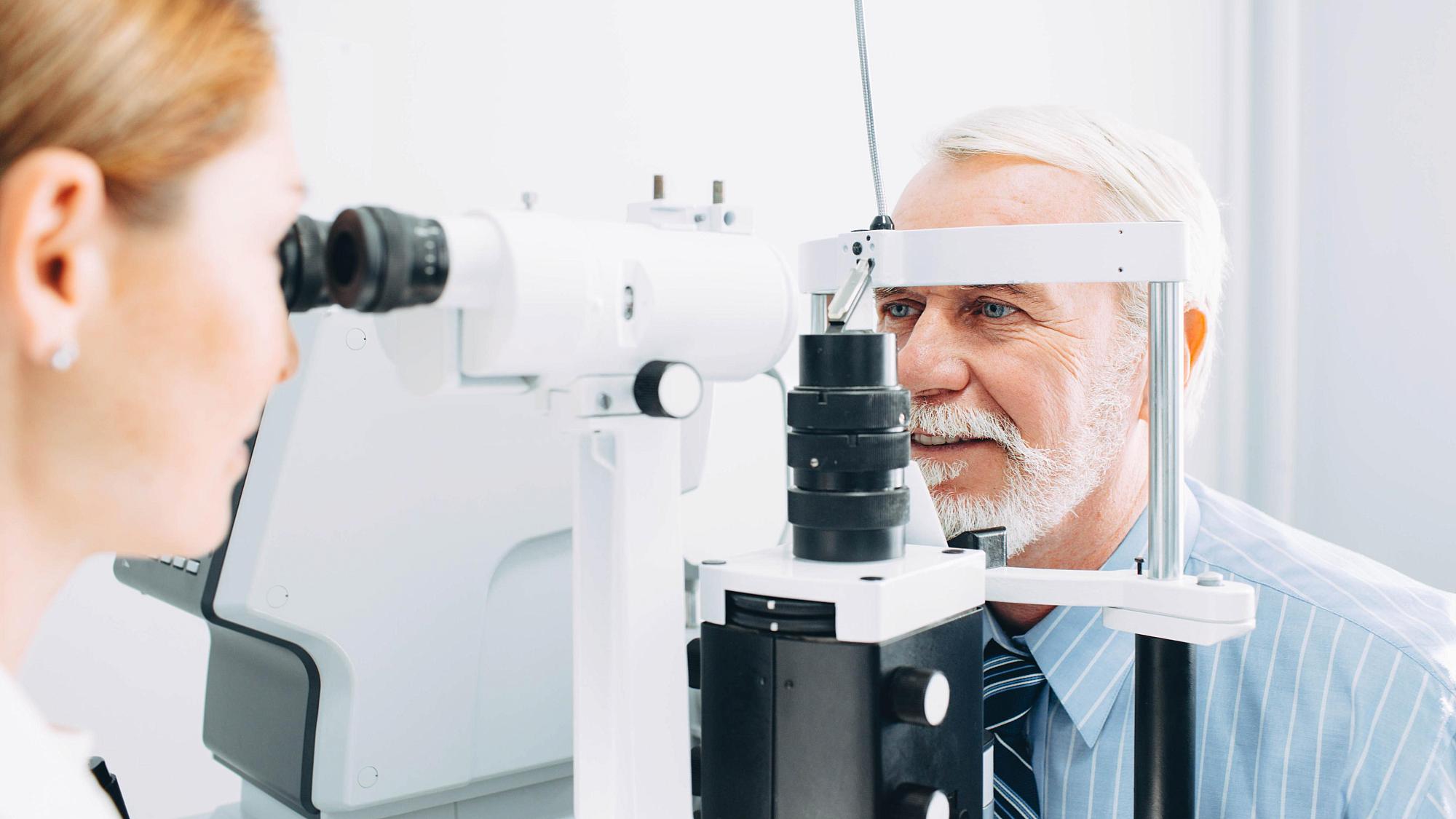WHAT ARE CATARACTS?
A cataract is a thickening and hardening of the lens in the eye. As the lens in your eye thickens, the naturally transparent lens becomes clouded or opaque.
In its early stages, a cataract may not cause a problem; the cloudiness may affect only a small part of the lens. However, as the cataract grows larger it prevents light from reaching your retina.
As less light reaches your retina, it becomes increasingly difficult to see and vision may become dull and blurry.
Find a Cataract Doctor
Leading-Edge Cataract Surgery
Cataract surgery is one of the best ways to treat advanced cataracts. A cataract, a clouding of the natural lens of the eye, blurs vision and can eventually lead to blindness.
To improve your vision with cataract surgery, your doctor removes the clouded lens and inserts a clear artificial lens, known as an intraocular lens, or IOL, in its place.
Cataracts don’t return, so cataract surgery can improve the quality of your vision for years to come.
The Moran Eye Center offers the most advanced laser cataract surgery available and our cataract surgery team is dedicated to excellence in both the consultation and treatment of all types of cataracts.
Our cataract surgeons use only state-of-the-art equipment and have experience with complicated cataract surgery cases. This helps to ensure exact diagnoses and best practices in medical and surgical care.
Contact us at 801-581-2352 to schedule a consultation.
Patient Testimonial
Understanding Cataracts: Causes, Symptoms, & Treatment
Causes
Scientists believe there are several contributing factors in developing cataracts, the first one being age; given enough time, everyone will mostly likely develop cataracts. However, about one in six people over the age of 40 in the US has a cataract. Other contributing factors include the following:
- Smoking
- Diabetes
- Excessive exposure to sunlight
- Steroid use
- Diuretic use
- Certain major tranquilizers
For several of the potential causes listed (i.e., steroids, diuretics, and/or major tranquilizers), additional research is needed to differentiate the effect of the disease from the effect of the drugs themselves.
Symptoms
Cataracts can be experienced differently by each person but symptoms can include:
- Cloudy or blurry vision
- Lights that appear too bright and/or present a glare or a surrounding halo
- Poor night vision
- Multiple vision (i.e. double vision)
- Colors that seem faded
- Increased nearsightedness, increasing the need to change eyeglass prescriptions
- Distortion of vision in either eye
Early on, you may not notice any changes in your vision. Cataracts tend to grow slowly and vision usually worsens gradually. Certain cataracts can even cause a temporary improvement in close-up vision, but this is likely to worsen as the cataract grows.
Additionally, the symptoms of cataracts may resemble other eye conditions so it’s important to make an appointment with your doctor for diagnosis.
Diagnosis
When diagnosing cataracts you can expect your doctor to take a complete medical history and perform an eye examination. Other diagnostic procedures for cataracts may include:
- Visual acuity test - The common eye chart test which measures vision ability at various distances.
- Pupil dilation - The pupil is widened with eye drops to allow a close-up examination of the eye's retina.
Other tests may also be performed to help your eye care professional learn more about the health and structure of your eye.
Treatment
Specific treatment for cataracts will be determined by your physician based on:
- Your age, overall health, and medical history
- Extent of the disease
- Expectations for the course of the disease
- Your opinion or preference
- Your tolerance for specific medications, procedures, or therapies
In its early stages, vision loss caused by a cataract may be treated with different eyeglasses, a magnifying glass, or stronger lighting. When these are no longer helpful, cataract surgery is the only effective treatment available for most people.
It is important to note that a cataract only needs to be removed when vision loss interferes with everyday activities such as driving, reading, or watching television. You and your doctor can make that decision together.
Risk Factors
Possible risk factors for cataracts include:
- Age - Probably the greatest risk factor for cataracts is age. Although age-related cataracts may develop between 40 and 50 years old, vision is usually not affected greatly until after age 60.
- Geographic location - Recent studies have shown that people who live in high altitudes are more at risk for developing cataracts.
- Excessive sun exposure - People who spend more time in the sun may develop cataracts earlier. The American Academy of Ophthalmology now recommends wearing sunglasses and a wide brimmed hat to lessen exposure to ultraviolet rays.
Types of Cataracts
Cataracts Divided by Groups
According to the National Eye Institute, part of the National Institutes of Health, cataract types are subdivided into four groups:
- Age-related cataracts - The majority of cataracts are related to aging.
- Congenital cataracts - Some babies are born with cataracts or develop them in childhood, often in both eyes. Some congenital cataracts do not affect vision, but others do and need to be removed.
- Secondary cataracts - Secondary cataracts develop primarily as a result of another disease occurrence in the body (such as diabetes). Secondary cataract development has also been linked to steroid use.
- Traumatic cataracts - Eye(s) that have sustained an injury may develop a traumatic cataract either immediately following the incident, or several years later.
Cataracts by Location on the Eye Lens
Other sources, including the American Academy of Ophthalmology, describe the different types of cataracts according to the cataract location on the eye lens, including the following:
Nuclear Cataract
This is the most common type of cataract, and the most common type associated with aging. Nuclear cataracts develop in the center of the lens and can cause myopia, or nearsightedness—a temporary improvement in reading vision which is sometimes referred to as second sight.
Unfortunately, second sight disappears as the cataract grows.
Cortical Cataract
This type of cataract initially develops as wedge-shaped spokes which extend from the outside of the lens to the center. When these spokes reach the center of the lens they interfere with the transmission of light and cause glare and loss of contrast.
This type of cataract is frequently developed in persons with diabetes, and while it usually develops slowly, it may impair both distance and near vision so significantly that surgery is often suggested at an early stage.
Subcapsular Cataract
A subcapsular cataract usually starts as a small opacity under the capsule, at the back of the lens. This type of cataract develops slowly and significant symptoms may not occur until the cataract is well developed.
A subcapsular cataract is often found in persons with diabetes, myopia, retinitis pigmentosa, and in those taking steroids.



